This month of May, we get to feature a climate storyteller from Nairobi, Kenya who is using photography for advocacy on wildlife conservation. Let’s get to meet him.
Who is Sidney Opiyo?
Sidney Opiyo is a Kenyan-born Environmental Scientist, climate activist, and conservation photographer/storyteller with experience in conservation and environmental impact projects. Recognized as a conservation leader, Sidney is deeply passionate about collaborating with young people to tackle disproportionate environmental challenges and enhance inclusion in policy and conservation spaces. With a professional background in Environmental Science and a minor in Community Development, Sidney actively advocates for meaningful youth engagement in Climate action. Through his work, Sidney focuses on conservation education and storytelling, utilizing impactful narratives to shed light on the challenges faced by minority groups and grassroots communities concerning biodiversity conservation and climate change. His stories serve as powerful tools for empowering communities and young people, helping them understand the direct impacts of their decisions and actions on the environment. He runs the Shades of Green a platform dedicated to amplifying community voices in Kenya and Africa by leveraging visual storytelling to raise awareness about climate change and environmental issues. He is currently a post-graduate student at the University of California, Santa Cruz pursuing an MSc in Coastal Science and Policy.
What led you to conservation photography?
For the longest time, I have been a storyteller through writing and blogging. So, photography for me, became a tool for amplifying the stories that I have wanted to tell. When I got to campus to study environmental science, I got the challenge and asked myself how I can break down some of these complex science jargons into simple language that people at all levels can understand and, in the process, create awareness on conservation and climate issues. At the same time, I wanted to amplify the voices of young people and local communities who are involved in conservation through their various initiatives but are often not recognized when having conservation dialogues in various spaces.
Your work as a conservation photographer and storyteller is captivating. Can you share a memorable experience where your photography or storytelling made a significant impact on raising awareness about climate change or environmental issues?
My most memorable experience was when I worked with Action for Cheetahs in Kenya in 2022 where my role involved documenting their conservation work. The organization promotes the conservation of cheetahs through research, awareness, and community participation in Kenya. Part of what they do is celebrate the World Cheetah Day every October, which is what I had gone to cover in the Northern part of Kenya. Through my photography work, I was able to tell the story of the work of Action for Cheetahs in Kenya through pictorials in not only creating opportunities for locals in cheetah conservation work, but also how the organization has created harmony within the community in Northern Kenya and the welfare of cheetahs within the community. It was beautiful documenting the communities in action for cheetahs through games, trainings, workshops and conversations to understand why and how they can protect the cheetahs.
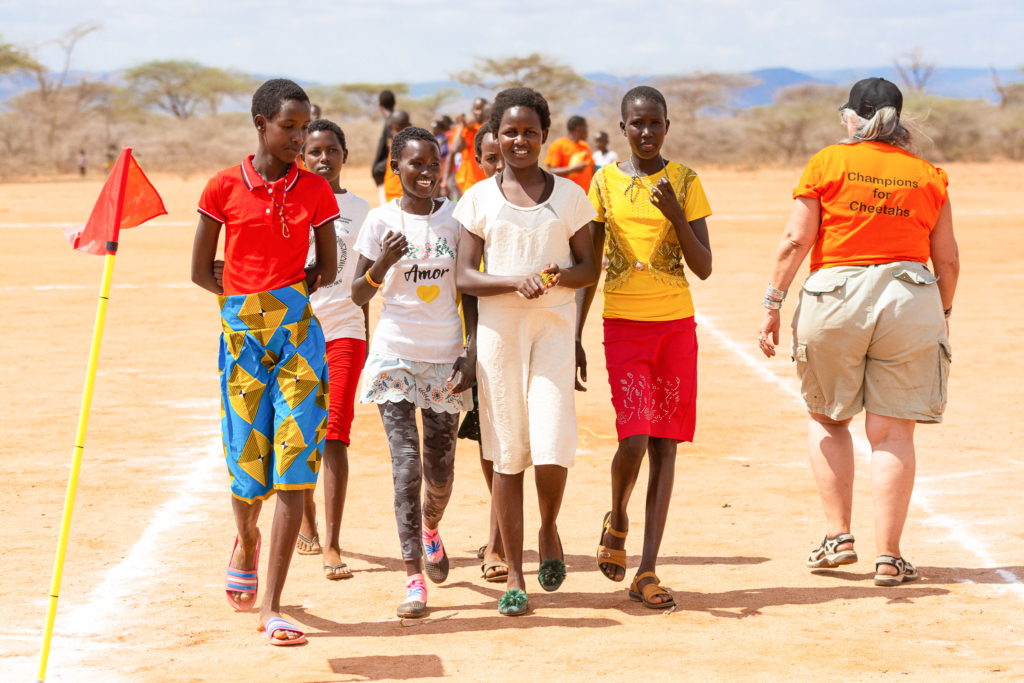
‘Champions for Cheetahs’ project as captured by Sidney Opiyo
“Shades of Green” sounds like an incredible platform. How did you come up with the idea, and what inspired you to leverage visual storytelling specifically to amplify community voices in Kenya and Africa?
Growing up on the shores of Lake Victoria on Mfangano Island, Kenya, I witnessed firsthand the profound impacts of climate change on my community. The declining fish stocks, rising water levels, and the invasion of hippos wreaked havoc on our traditional way of life. These challenges fueled my desire for environmental conservation using photography as a medium of change. This led to the development of Shades of Green, which is a platform where I use conservation photography and storytelling to shed light on community-led conservation efforts. What drives me is the belief that the stories of marginalized groups—the local community, youth, women, and indigenous people—are crucial narratives that must be heard. These stories not only highlight the socio-political dynamics of conservation but also underscore the strengths and barriers within these inequalities.
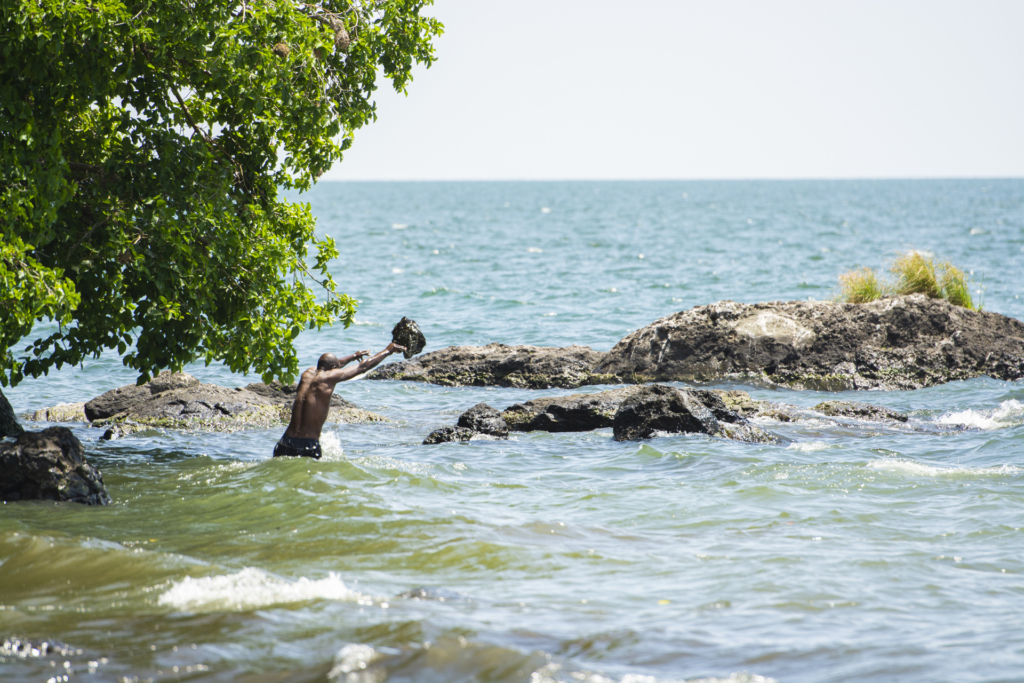
Fish breeding ground captured by conservation photographer, Sidney Opiyo
What drives me is the belief that the stories of marginalized groups—the local community, youth, women, and indigenous people—are crucial narratives that must be heard.
Sidney Opiyo
CONSERVATION Photographer
In your opinion, how does storytelling contribute to empowering communities and young people in understanding the direct impacts of their decisions and actions on the environment?
I am driven by my belief in the profound impact of visual storytelling. Photography, for me, is more than just capturing moments; it’s a medium for change, connecting people with nature, and inspiring behavioral shifts that echo through generations. We are visual beings. For example, being able to see a place is much different from hearing about it. You can hear a sound byte and not understand anything about it but if you see a photo, it suddenly means something to you, and you develop a relationship with it. That is the role of conservation photography and storytelling. I believe in the deep impact of powerful visual storytelling and how these stories are, in raising awareness and gaining support for conservation and action for climate change. Photography helps connect people and nature to catalyze behavioral change that will have a lasting impact on the environment.
You mentioned focusing on shedding light on challenges faced by minority groups and grassroots communities in biodiversity conservation and climate change. Can you elaborate on a specific project or story where you addressed these challenges through your photography and storytelling?
Marginalization of certain groups like women, youth, grassroot communities and indigenous people in conservation is real. I am from one of the smallest communities in Kenya – the Suba Community. During the corona virus, myself, together with other community members co-founded a community-based organization called Train My Generation CBO where I am responsible for conservation projects spearheaded by the organization. Priority for me has been creating awareness on environmental issues within my community, on Mfangano Island, Kenya. Storytelling and photography have been important in highlighting the challenges within the lake. Having been already disadvantaged geographically and detached from various social and economic services, storytelling has been important in highlighting the different challenges within the community and also rallying for partnerships to support efforts in conserving not only the island but also the bordering Lake Victoria.
As a conservation leader, how do you envision meaningful youth engagement in climate action? And how do you incorporate this vision into your advocacy work and storytelling efforts?
I am privileged to be a youth but also that most of my work for the last few years has been with the youth especially in learning institutions. I am proud to say that the youth are currently doing amazing work in the conservation space. They have actually taken initiative and are acting to secure their future and the future of their offspring today. This is bound to sharply increase as the youth actively realize that their future is in their hands and most importantly that they make the largest population of very many countries. This means that they have the power to create meaningful change. My work as a storyteller is to advance their work through amplifying their voices and getting the work that they do get noticed out there particularly the amazing work, innovations and inventions that they are making especially within the climate change and environmental conservation space.
Transitioning to your academic pursuits, how do you see your studies in Coastal Science and Policy complementing your work in conservation photography and storytelling?
Coastal Science and Policy will be helpful in understanding the work and efforts that goes into policy work in protecting oceans but also freshwater ecosystems. In understanding policies within ocean conservation and coastal regions, it will help shape the storytelling and science communication efforts that support such causes.
Can you share some insights into how your professional background in Environmental Science and Community Development influences your approach to conservation photography and storytelling?
My background in Environmental Science and Community Development has greatly influenced my work in conservation photography and storytelling. My understanding of various environmental issues has been important in helping break down some of these complex science jargons and making them easily understandable. This background has also helped me understand conservation issues in the context of communities as well as the efforts that these communities are already making to adapt and mitigate some of these challenges of the environment. In understanding this, with my science background, I then can now tell science stories that have communities at the centre. I am able to tell community-centred science stories because the communities are not only the beneficiaries of the stories but also the characters within the stories and the changemakers who make conservation work. This is not just negative stories but stories of hope, stories of a better future, stories that inspire communities to take action for the present and the future.
What are some of the key messages or themes you aim to convey through your photography and storytelling, particularly concerning climate change and environmental issues?
Through my conservation photography, I highlight different issues. For example, human-wildlife conflict in the context of climate change, marginalization of certain groups like women, youth and indigenous people in conservation in climate conversation spaces, highlighting stories on climate change particularly climate justice, mitigation and adaptation and most recently, loss and damage.
How do you navigate the balance between raising awareness about environmental challenges and inspiring hope or action through your storytelling and photography?
I aim to highlight and raise awareness on the effectiveness of human-centered conservation and tell local conservation stories highlighting both the challenges but mostly highlighting the efforts that young people, women and local communities and indigenous people are putting in conservation, climate change through adaptation and mitigation. The goal is to inspire action. In documenting these conservation stories and efforts, these become testaments, bridging the gap between reality, understanding, reminding us that in the face of adversity, compassion can ignite change.
Lastly, what advice would you give to aspiring conservation photographers and storytellers who are passionate about making a positive impact on the environment and communities through their work?
My advice to aspiring photographers is to invest in telling authentic stories. This can be
through doing research, also learning from people who have been ahead in the game but
mostly genuinely connecting with the communities whose stories you are telling and allow
them to tell their stories as they are.
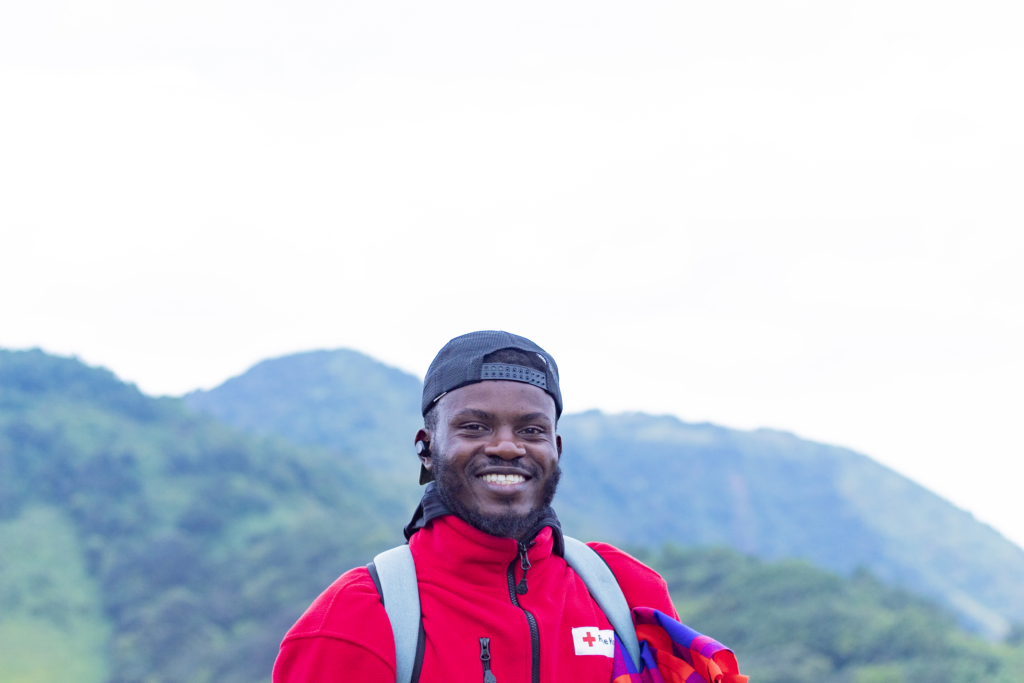
To connect with Sidney use this link
Use this link to share your story with us to be featured as our next Climate Storyteller of the month https://forms.gle/k63zFBsaTTAydfMQA






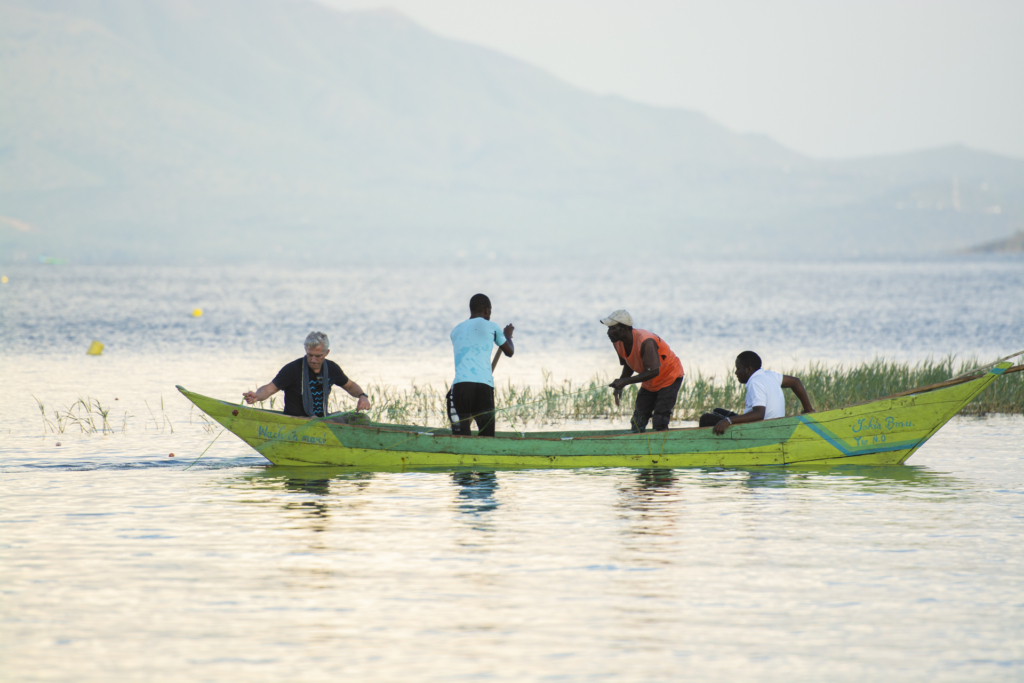

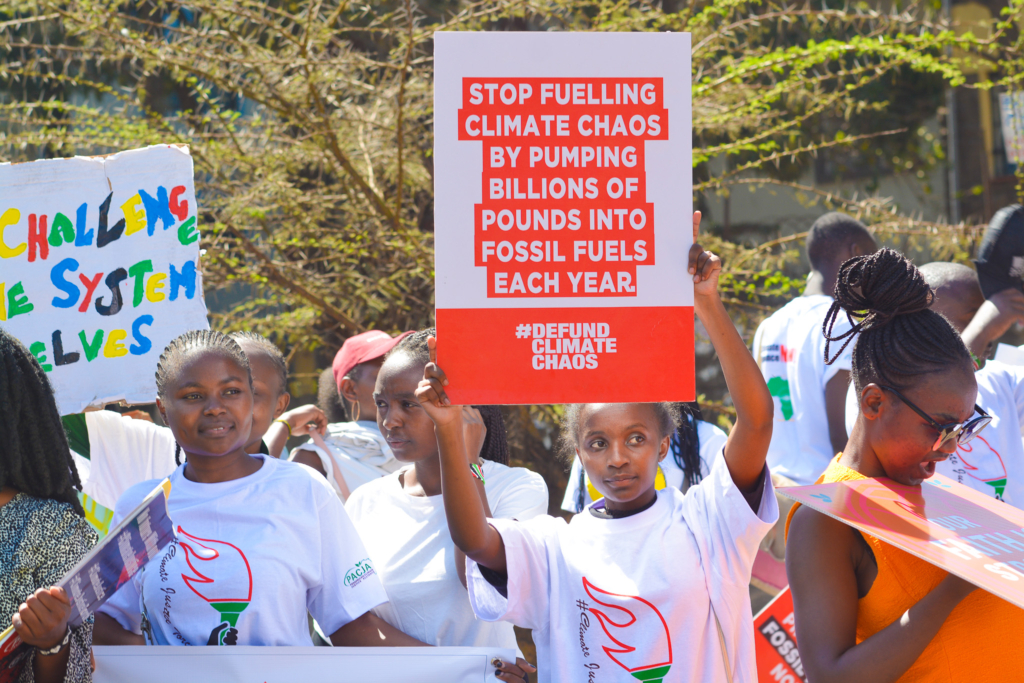

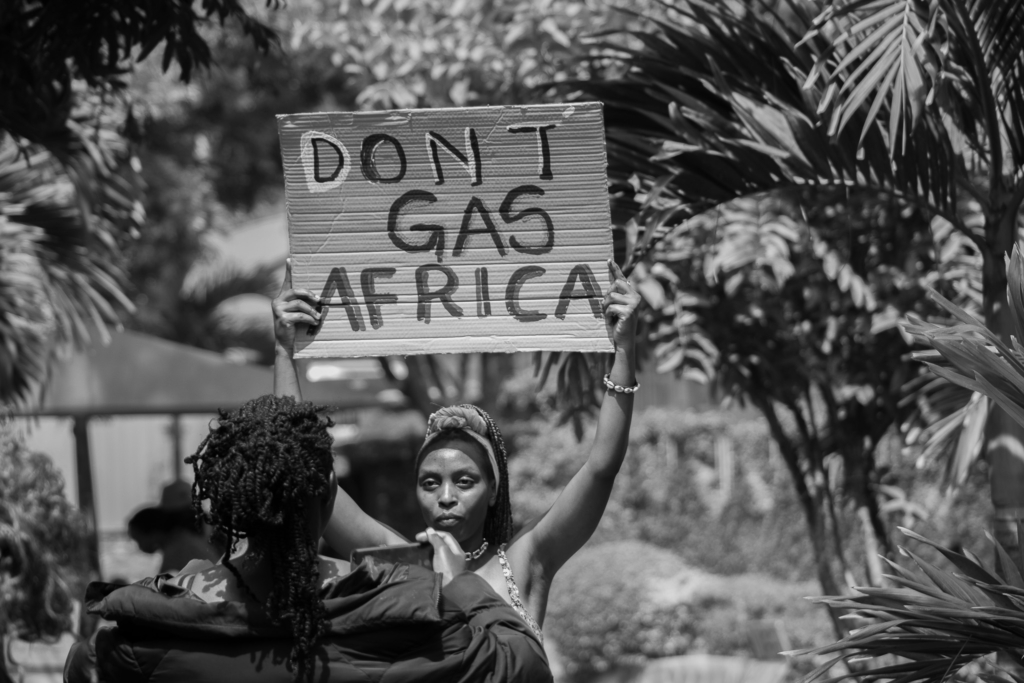


Comments
Lavonne